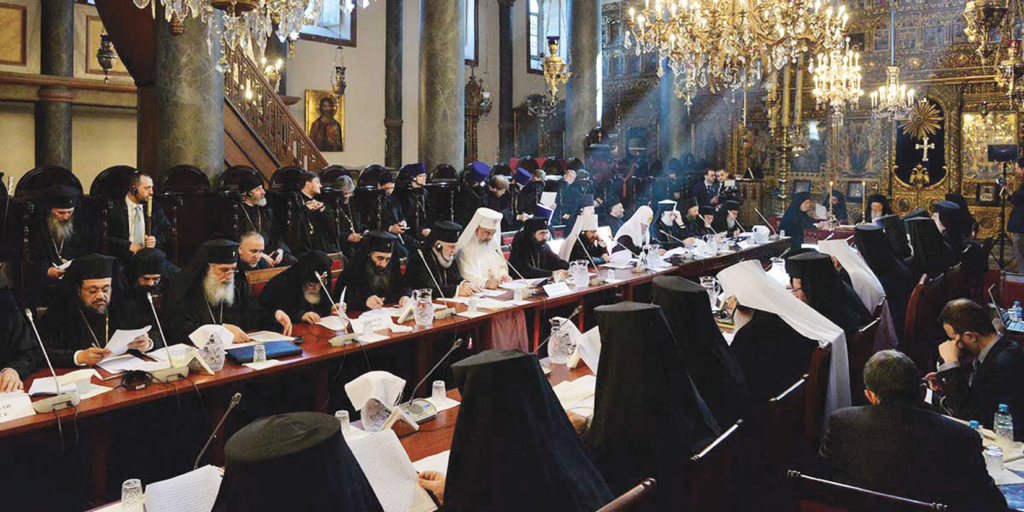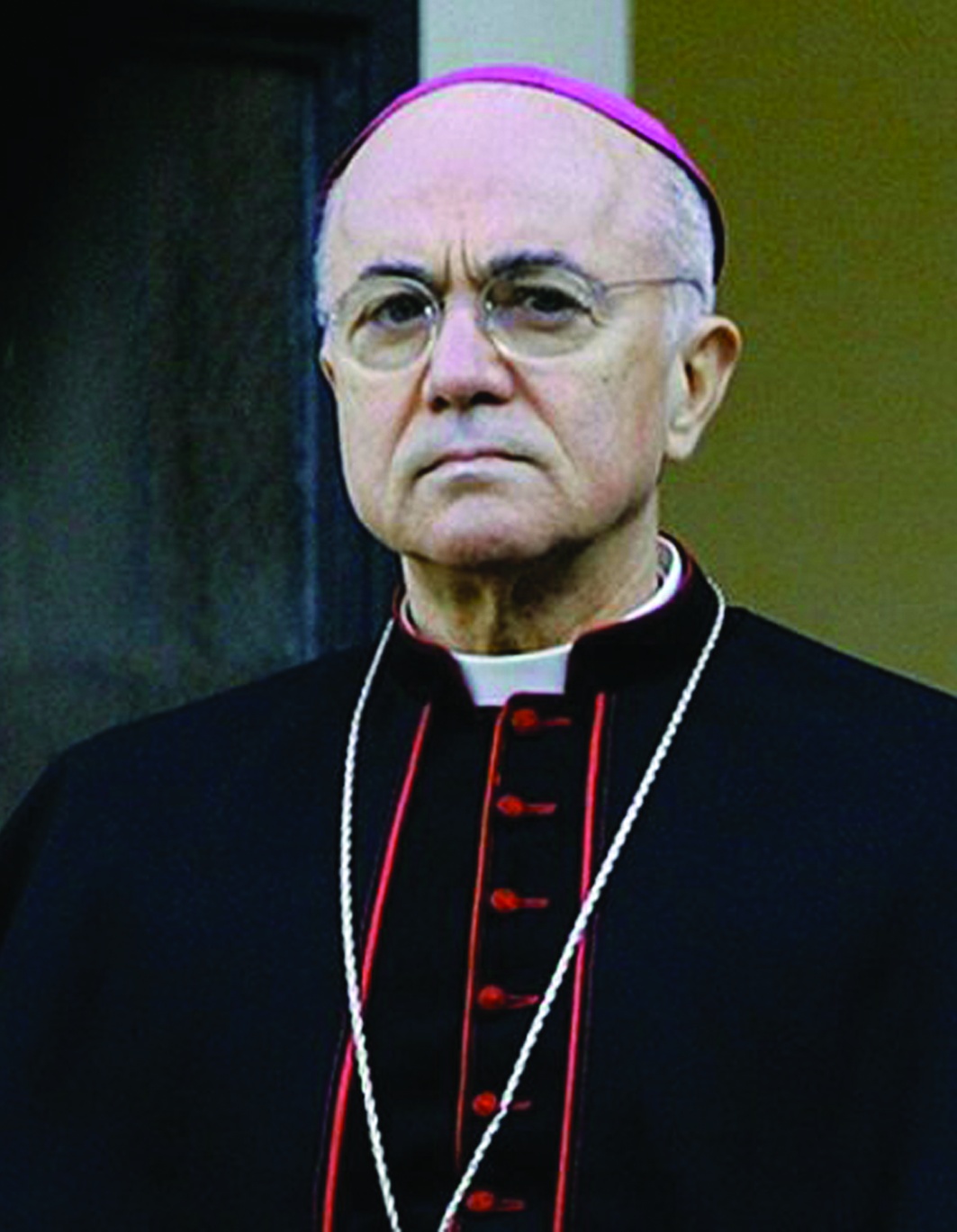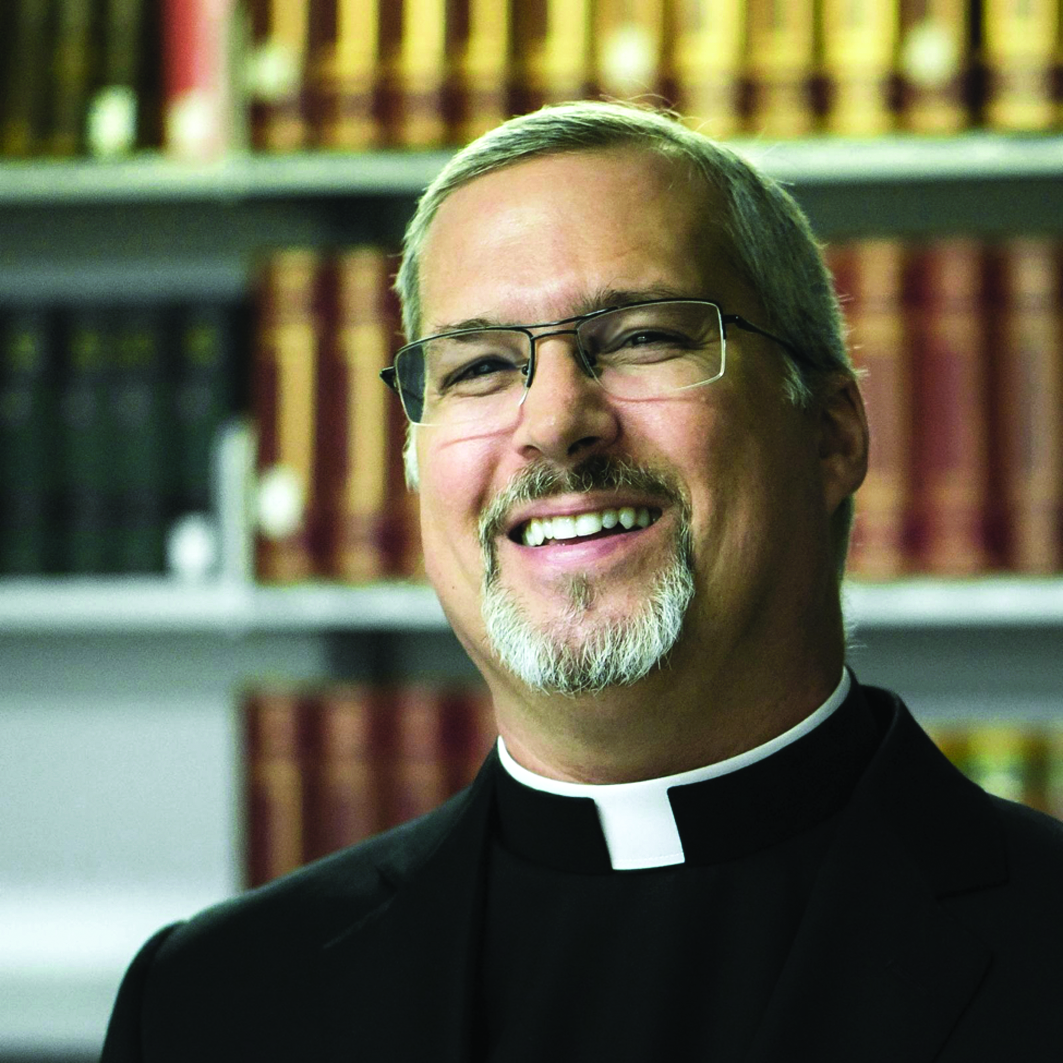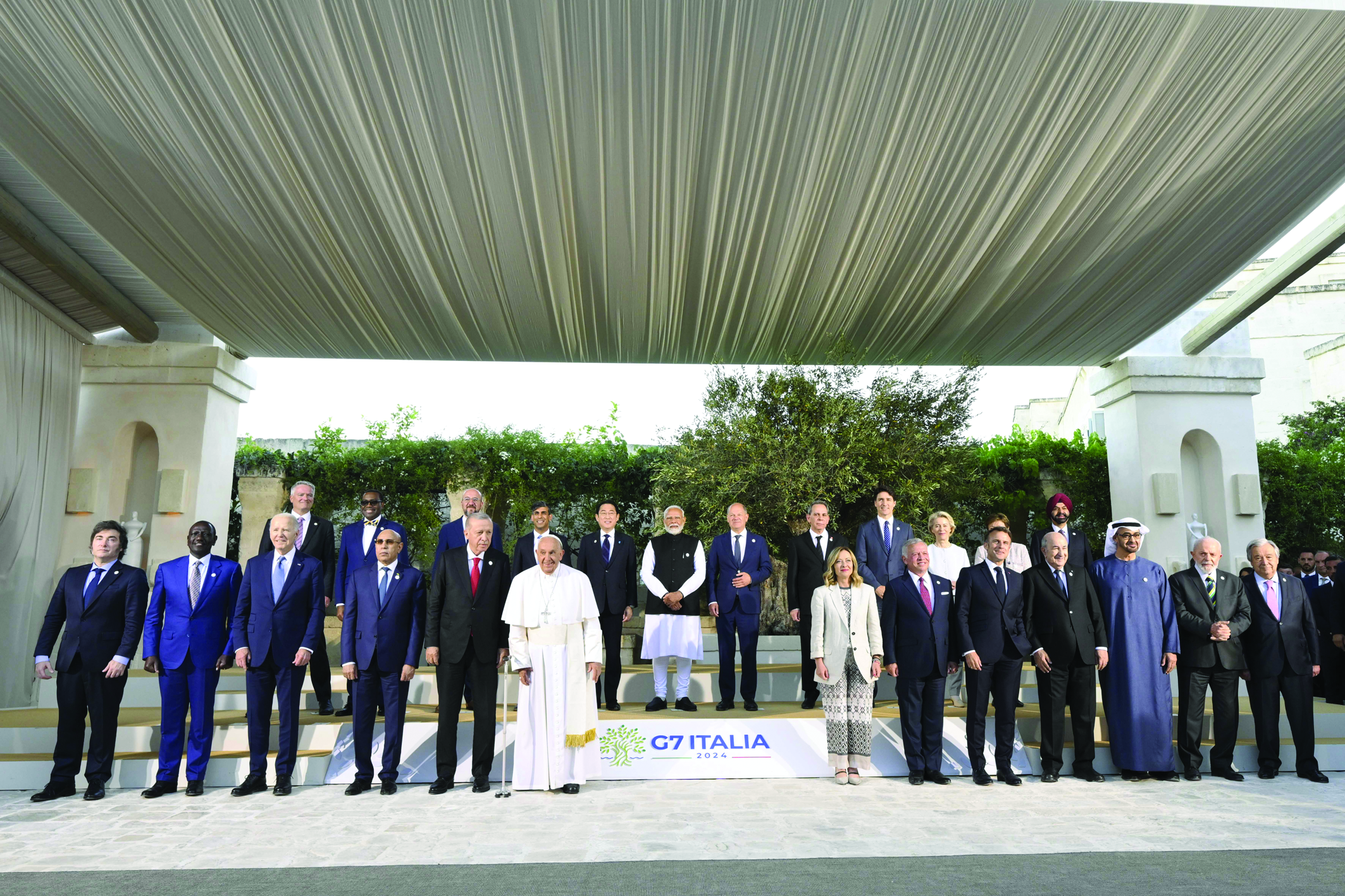By Peter Anderson

Preparatory work for the 2016 Great Pan-Orthodox Synod held in Crete
There are more than 190 nations in the world today, and the Catholic Church has a presence in almost all of them. Regardless of the country, Catholics and their bishops share a unity because of the global jurisdiction of the Pope. There are a few exceptions, such as the creation of the Chinese Patriotic Catholic Association by the People’s Republic of China. However, there has not been a general trend for the Catholic faithful or their bishops to seek a completely independent Catholic church for their specific nation.
In contrast, for the Orthodox, who do not have a centralizing authority such as the Pope, there is a trend to establish independent national churches, especially in countries where Orthodoxy predominates. The governments of various Orthodox countries have often pushed for the creation of independent national churches which would be easier for the governments to control. Various areas that were previously under the jurisdiction of the Ecumenical Patriarch of Constantinople during the Ottoman Empire formed independent national churches during the nineteenth and twentieth centuries. Examples are Greece, Romania, Serbia, Bulgaria, and Albania.
The process for a national Orthodox church to form and obtain recognition from other Orthodox churches can often be long and difficult. It may sometimes be unsuccessful. An example of this difficulty is the effort of the Macedonian Orthodox Church, located in the nation of North Macedonia, to obtain recognition by other Orthodox churches.
When the People’s Republic of Yugoslavia was established under Marshal Tito, the extreme southern portion of the country was designated the Socialist Republic of Macedonia with a capital at Skopje. At that time, this southern republic was under the jurisdiction of the Serbian Orthodox Patriarchate. In 1945, the Orthodox clergy in Macedonia began their efforts to establish a church based on the historic Ohrid Archbishopric, which had encompassed the present area of North Macedonia and much of Bulgaria.
In 1959 the Serbian Orthodox Patriarchate recognized the Macedonian Orthodox Church (“MOC”) as an autonomous organization within the structure of the Patriarchate. However, in 1967, the MOC declared that it was an autocephalous church completely independent of the Patriarchate. Since that time, neither the Serbian Patriarchate nor any other Local Orthodox Church has recognized the MOC as an autocephalous church.
Rather, it is considered a schismatic church.
In 1991, with the breakup of Yugoslavia, Macedonia (now called North Macedonia) became an independent nation. In 2002, a delegation of the MOC negotiated in the city of Nis an agreement with the Serbian Patriarchate establishing the MOC as an autonomous church within the Patriarchate. However, the hierarchs of the MOC, except for Bishop Jovan, rejected the Nis agreement. The Serbian Patriarchate nevertheless applied this agreement to establish its own “Ohrid Archbishopric” (“OA”) covering all Macedonia under Jovan. The OA remains part of the Patriarchate.
Accordingly, there are now two competing Orthodox organizations in North Macedonia – the MOC and the OA. The MOC remains by far the largest. For a period of time, the OA suffered persecution from the government including imprisonment of Jovan, but the persecution has now largely ended. Still, there is no solution in sight with respect to the recognition of the MOC by other Orthodox churches.
The existence of multiple national churches causes major problems for Orthodoxy. It makes it difficult for the Orthodox Church as a whole to speak on issues because of a lack of consensus between national churches. It also leads to “turf wars” between national churches as to jurisdiction over certain areas. The exercise of greater authority by the Ecumenical Patriarch over national churches may be a partial solution.






Facebook Comments